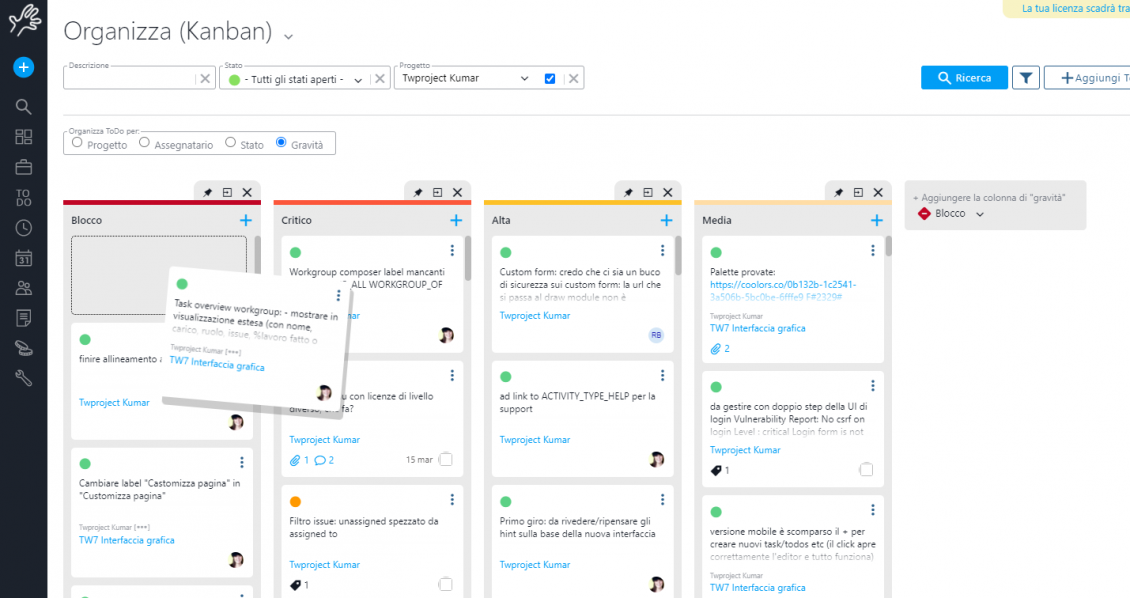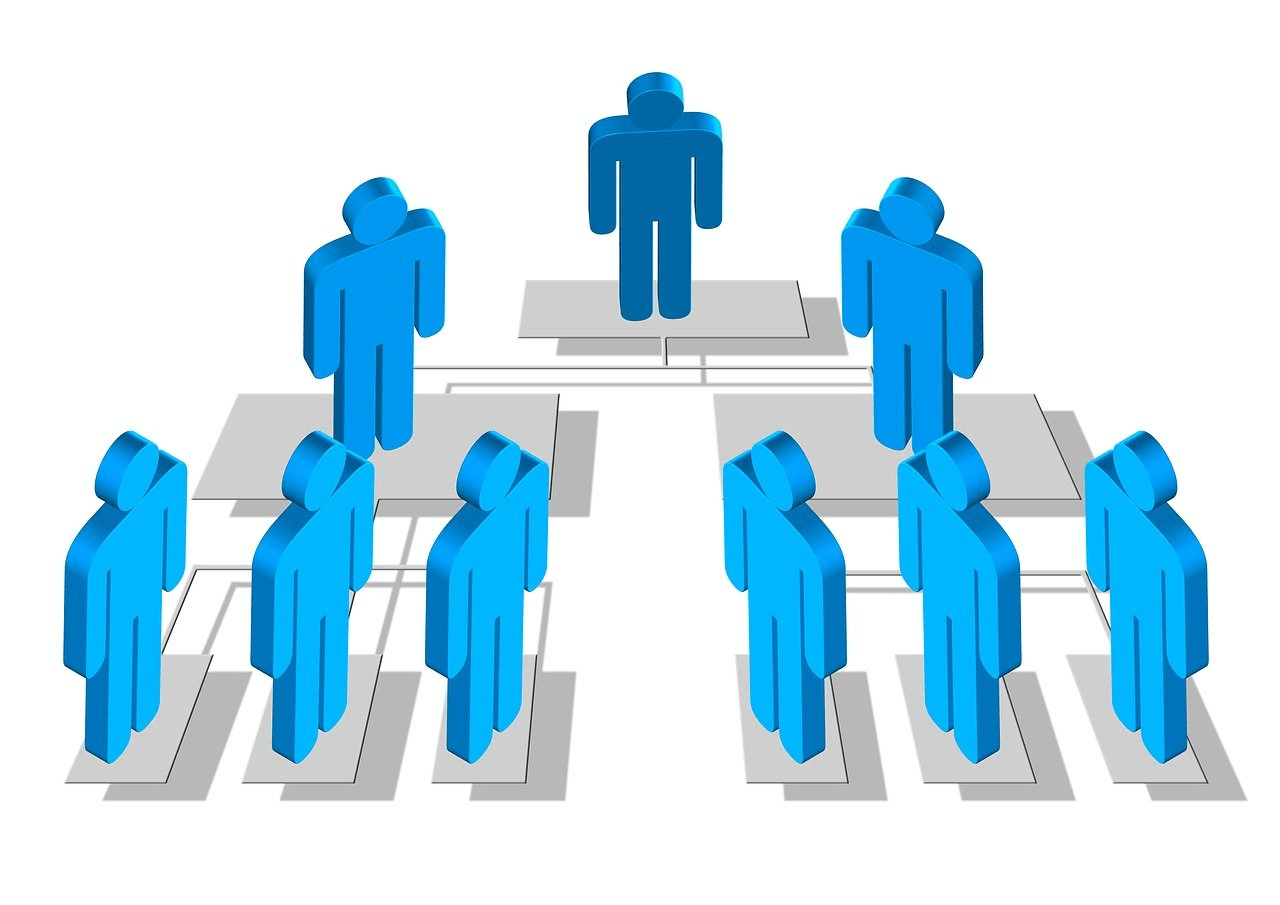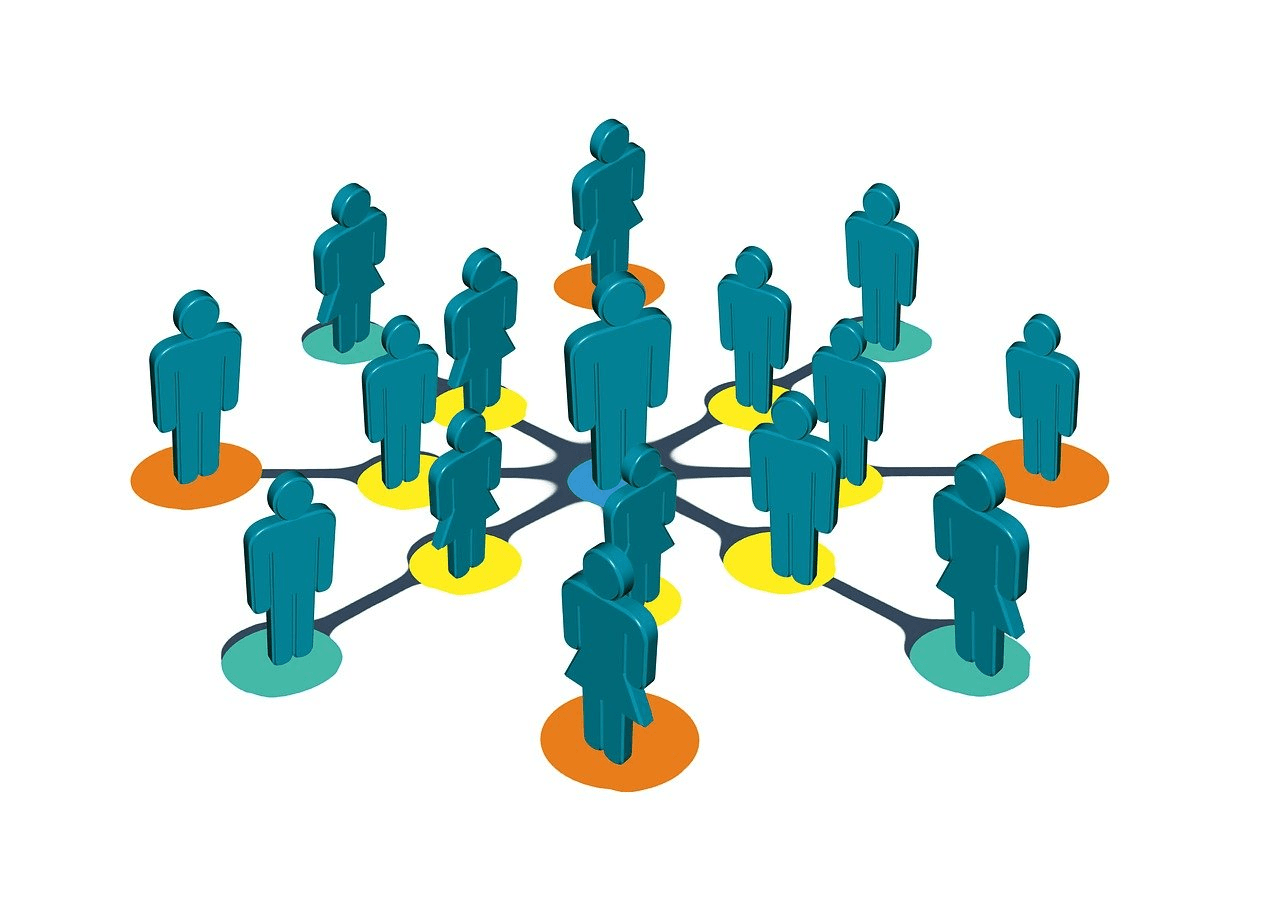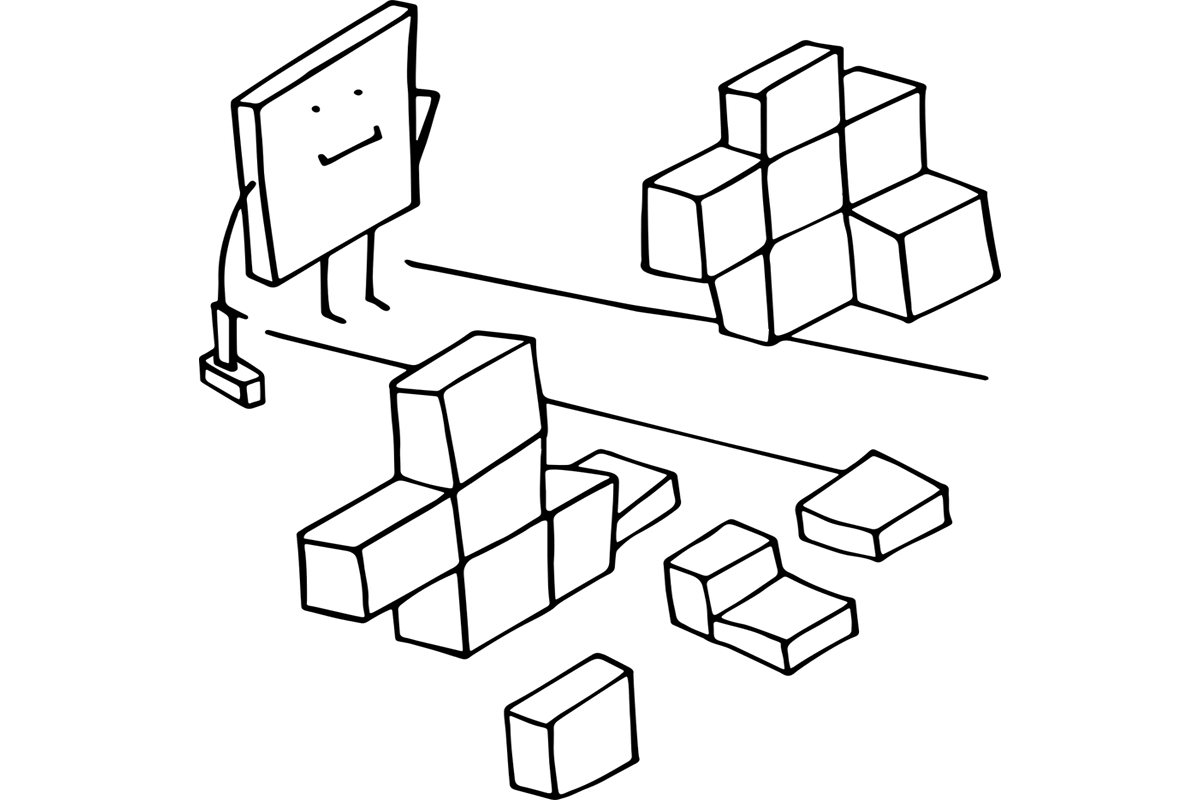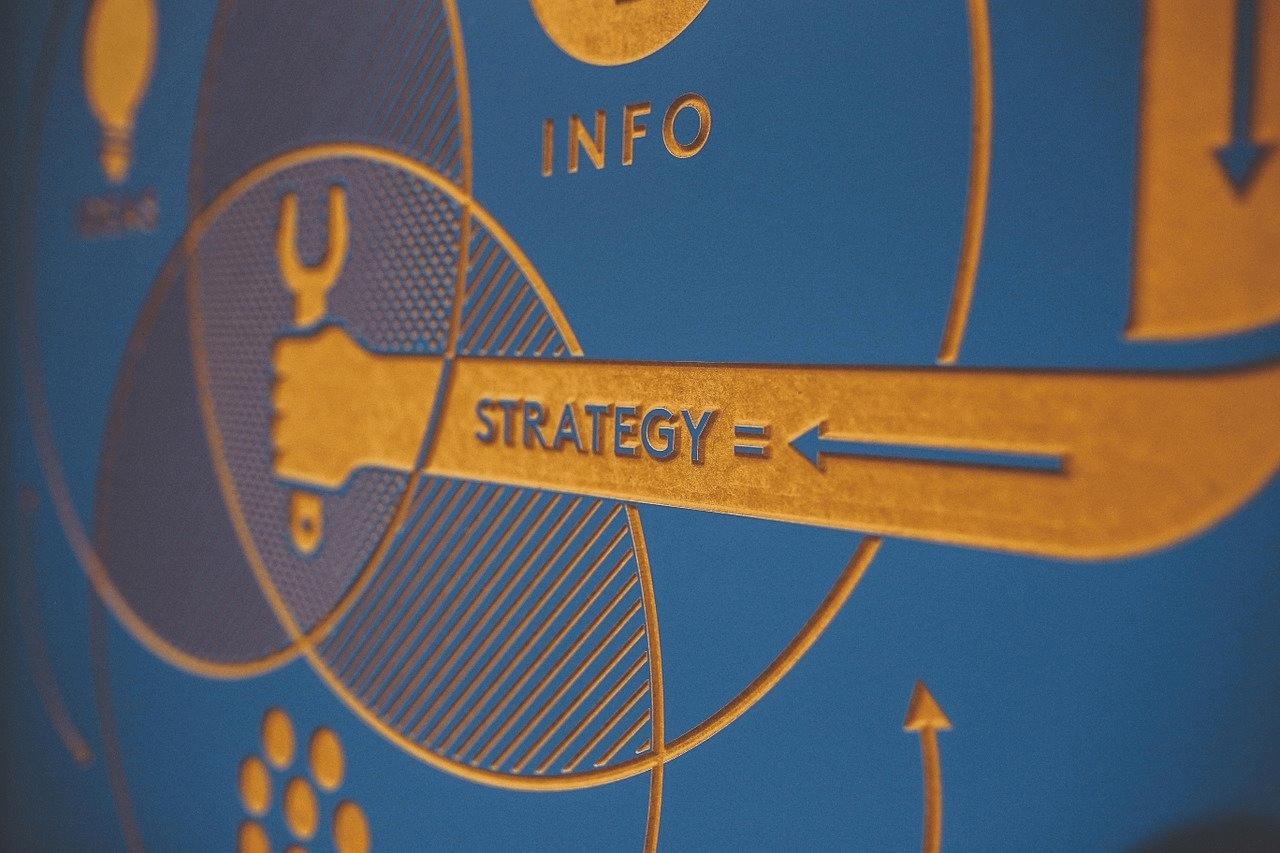Measuring your project’s performance doesn’t just mean meeting project budget and timelines. In fact, other types of performance are also expected to be monitored and measured. This is intended to measure the ROI nd to determine if goals are being met.
CONTENT
Generally speaking, at different times during the project life cycle, it is best to measure five deliverables: schedule, quality, cost, stakeholder satisfaction, and project scope.
This information can be used to grant – or deny – approval to proceed with the subsequent section of work.
But, before you move on to measuring your project’s performance, you need to set your goals.
Setting and measuring project objectives
A project’s success can be measured in many ways, including if it meets deadlines, if it is within budget, if it has led to more sales, improved customer service or efficiency, or a combination of these or other factors.
The first step, therefore, is to establish what the objectives of the project will be, and what will be regarded as a success.
Once these goals have been established, metrics can be determined to monitor the status of activities.
Why is it important to define and measure the success or performance of a project? For the simple reason that “what gets measured, can be managed.”
The 5 performances to measure in a project
Here are the five benefits to be measured:
1. Project schedule
Successful project management is often determined by whether or not the original timeline has been met or not.
Experienced project managers know how difficult it is to fully meet a project schedule, but this definitely becomes easier if you constantly measure progress as you progress through the work.
Evaluating the schedule is something you can do more formally at the end of a phase or as part of a monthly report to project stakeholders.
It’s easy to update your project schedule if you use a Gantt chart, where tasks and deadlines are converted in graphic time sequences.
To measure your project performance, you can easily compare milestones, check to see if they still meet the originally agreed-upon dates, and, if applicable, calculate the slippage and the impact the delay will have on the overall project schedule.
2. Quality
Quality plays an important role among performance measurement. The end of a project phase is a great moment for a quality check.
Here you can check both the quality of your project management practices and the final results.
A quality check can gauge whether what you are doing meets the standards set by the quality requirements.
It’s better to find out quality issues early, as trying to solve them later in the project could become really costly.
3. Budget and costs

Cost Management is the torment and delight of many project managers who regard cost management as one of their top priorities on a project.
Here, you compare the actual current expense with what you had budgeted and, if there are any variations, look for the reason why.
These values must then be forecast into the future to eventually re-predict the final total budget for the project and compare it to the original estimate.
If these forecasts escalate too much, it is an indication that spending and cost management are out of control and action to fix the problem is required.
4. Stakeholder satisfaction
Project stakeholders are key to accomplishing a large portion of work, so it’s worth talking to them regularly to find out how they feel about the project at that particular time and what could be done differently.
This is a difficult element to document statistically or numerically, although there is nothing to stop you from asking them for an objective rating, for example using a series of 1-10 scores.
If stakeholders do not fully support some decisions regarding the project, you can implement plans to engage these people to the fullest and try to find common ground.
5. Project scope
The last factor is to determine whether the benefits of the project are still feasible and whether the business problem to be solved that led to the launch of this project still stands.
This is because certain types of initiatives are launched to address a particular need, but by the end of the project the business environment has changed to the extent that the project becomes redundant.
Nobody made the effort to monitor the business case during the project lifecycle, so no one realized that the work was no longer needed.
Regularly checking your business case and reassessing it given your current business objectives then becomes a parameter to be checked regularly.
Other elements can, of course, be added to this list depending on the type of your project, organization, and industry.
Indeed, performance to be measured during the project should be reflective of what is important to the project manager, the team, the stakeholders, and the company as a whole.
Also, at the end of a project, a thorough and final evaluation will be performed.
Project management metrics are essential for implementing practical and sustainable project management practices and processes in any organization.
The key is to try to use metrics that are simple, convenient, and relevant to the business and industry in which you operate.
Using Twproject, these measurements become very straightforward. Measure them for free with Twproject by clicking on the banner below.






